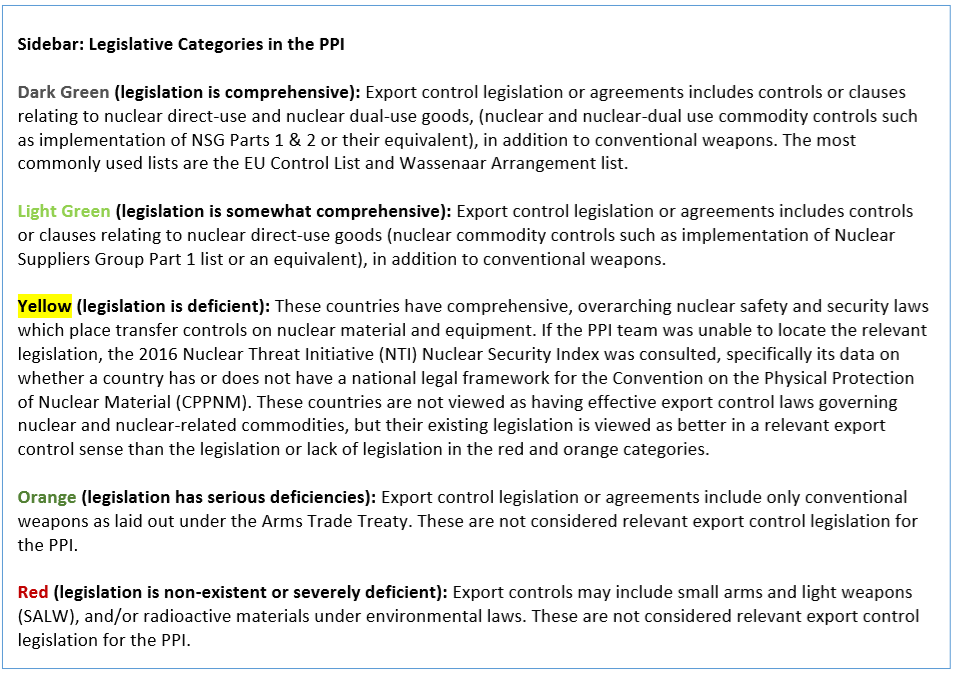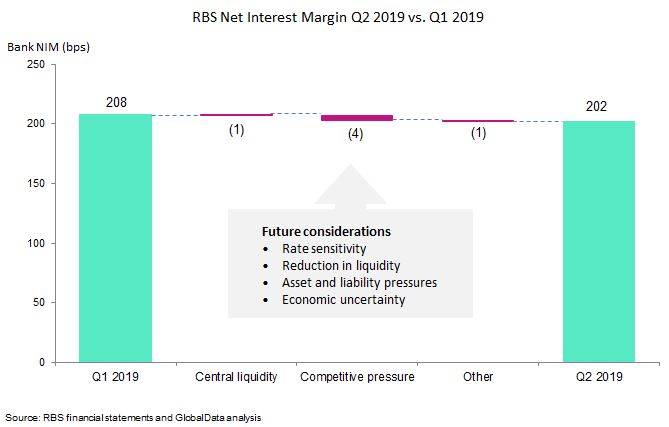
Traditional Functions of Reserve Bank of India
Contents:
Though set up as a shareholders’ bank, the RBI has been fully owned by the Government of India since its nationalisation in 1949. The RBI was established by the RBI Act 1934, which went into force on April 1, 1935. The RBI’s primary functions include acting as a banker’s bank, a custodian of foreign reserves, a credit controller, and overseeing the printing and circulation of currency notes.

It designs the quantum of securities and interest rates as per the currently prevailing liquidity and ensures that new issues of government securities are received well in the market. Controlling the credit money in circulation and the interest rate in the country is a major function of RBI. For this purpose, the RBI uses quantitative and qualitative methods of credit control. Ensuring the availability of sufficient cash and credit for business transactions and investment purposes in the economy is the responsibility of RBI. The RBI accepts money into the Central and State Governments’ accounts and makes payments on their behalf.
It aims to correct critical situations like inflation and deflation in the economy. Moreover, it also states the usage of financial instruments that are under the authority of the Reserve Bank. The RBI also provides short-term credit to them and adds a source of revenue for the central government in the form of a dividend. It is also in charge of managing the government’s debt by overseeing new issues of government loans. It also manages its borrowing program by issuing government securities in the domestic as well as the international markets.
Regulator and supervisor of the payment and settlement systems
The government of India restructured the national bank market and nationalized a lot of institutes. As a result, the RBI had to play the central part in controlling and supporting this public banking sector. As banker to the government the Reserve Bank manages the banking needs of the government. It has to-maintain and operate the government’s deposit accounts.

The Reserve Bank of India has the sole right to issue currency notes except one rupee notes which are issued by the Ministry of Finance. Currency notes issued by the Reserve Bank are declared unlimited legal tender throughout the country. The purpose is to protect the interest of depositors while ensuring that money flow is smoothly circulated in the economy. And, it reaches every section of society via banks in the form of credit. 1.Issue of Currency Design, printing and distribution.
Selective credit control
It may be noted that the Central Government is empowered to borrow any amount it likes from the RBI. The RBI has been empowered by law to supervise, regulate and control the activities of commercial and cooperative banks. The RBI periodically inspects banks and asks them for returns and necessary information. Prior to 1956, the principle of note issue of the RBI was based on proportional reserve system.
There is no organization to supervise the credit activities of lenders in the informal sector. Periodically, banks have to submit information to the RBI on how much they are lending, to whom they are lending, at what interest rate, etc. Periodically, banks have to submit information to the RBI on how much they are lending, to whom, at what interest rate, etc. Rita has taken a loan of Rs.7 lakhs from the bank to purchase a car. The annual interest rate on the loan is 14.5 percent and the loan is to be repaid in 3 years in monthly installments. The bank retained the papers of the new car as collateral, which will be returned to Rita only when she repays the entire loan with interest.
RBI must also maintains price stability along with the objective of economic growth. The RBI undertakes the responsibility of controlling credit created by commercial banks. RBI uses two methods to control the extra flow of money in the economy. These methods are quantitative and qualitative techniques to control and regulate the credit flow in the country.
The RBI also manages all foreign exchange under the Foreign Exchange Management Act of 1999. This act allows the RBI to facilitate external trade and payments to promote the development and health of the foreign exchange market in India. The Reserve Bank of India is the central bank of India. It supports and directs monetary policy, issues and manages currency, acts as a bank to banks and the government, controls credit and manages the foreign exchange market . The RBI also performs non-financial activities (including licensing, auditing, promotion, etc.). The Reserve Bank of India is the authority assigned with the task of controlling inflation.

When there is excess liquidity in the market, RBI sells government securities to banks. Hence, excess liquidity with banks gets transferred to RBI. On the opposite side, RBI purchases securities from the market when liquidity conditions are tight. When RBI pays for those securities, liquidity gets released in the market. The quantitative credit control measures directly affect the quantity of money available to the business and people. 3.Banker to Bank Transfer funds and settle inter-bank transactions.
The Role of Reserve Bank of India in Controlling Inflation: Traditional or Beyond Monetary Measures?
For instance, RBI has helped a lot in building the huge financial infrastructure that we see now. The official external reserves of the country consist of monetary gold and foreign assets of the Reserve Bank, besides SDR holdings. As the Government’s banker, https://1investing.in/ the RBI provides short-term credit to the Government of India. This short-term credit is obtainable through the sale of treasury bills. Not only this, the RBI also provides ways and means of advances (repayable with 90- days) to State Government.
Pumping additional money in this situation will further exaggerate the condition as this will further reduce the interest rate below rmin. The core function of the RBI is to set the lending rate between banks. However, as the overseer of India’s monetary policy, the bank performs several other functions that are important to the Indian economy. By increasing or decreasing this percentage of cash reserve ratio, RBI allows adequate funds for lending purpose by commercial banks. When all the commercial banks are depositing with Reserve Bank of India in the form of cash reserve ratio, a sizable amount of fund is available with RBI.
As a result, they are forced to take on additional debt to meet their existing obligations, which can lead to a spiral of increasing debt and financial distress. The RBI provides financial assistance to commercial banks and State cooperative banks through rediscounting of bills of exchange. As the RBI meets the need of funds of commercial banks, the RBI functions as the Tender of the last resort’. In order to restructure the loans up to ₹150 billion, the expert Committee was tasked with coming up with a sector specific plan for successful resolution of the stressed loans.
- This short-term credit is obtainable through the sale of treasury bills.
- Those having extra cash open a bank account in their name and deposit the surplus money there.
- The RBI serves bankers to the government for both the federal and state governments.
- RBI is not the main or even prominent money supplier for these banks.
- When there is excess supply of money, central bank sells government securities thereby sucking out excess liquidity.
Reserve Bank of India has a very important role to play in this area. It carries out exchange remittances and other banking operations. The RBI acts as the banker to the government of India and State Governments . As such it transacts all banking business of these Governments.
Limitations of monetary policy
People earn incomes at distinct points of time but consume throughout the entire period. So, people tend to hold money for transaction purposes. This function explains the importance of money as value storage.
RBI ensures the proper functioning of the banking system and regulates them through the power vested in it under the Banking Regulation Act, 1949. Banks provide a convenient way of remittance what are the functions of rbi class 10 of money through the accounts of the customers. Explain the various concepts of money supply used in India. In the primitive stage, people exchanged goods for goods without the use of money.